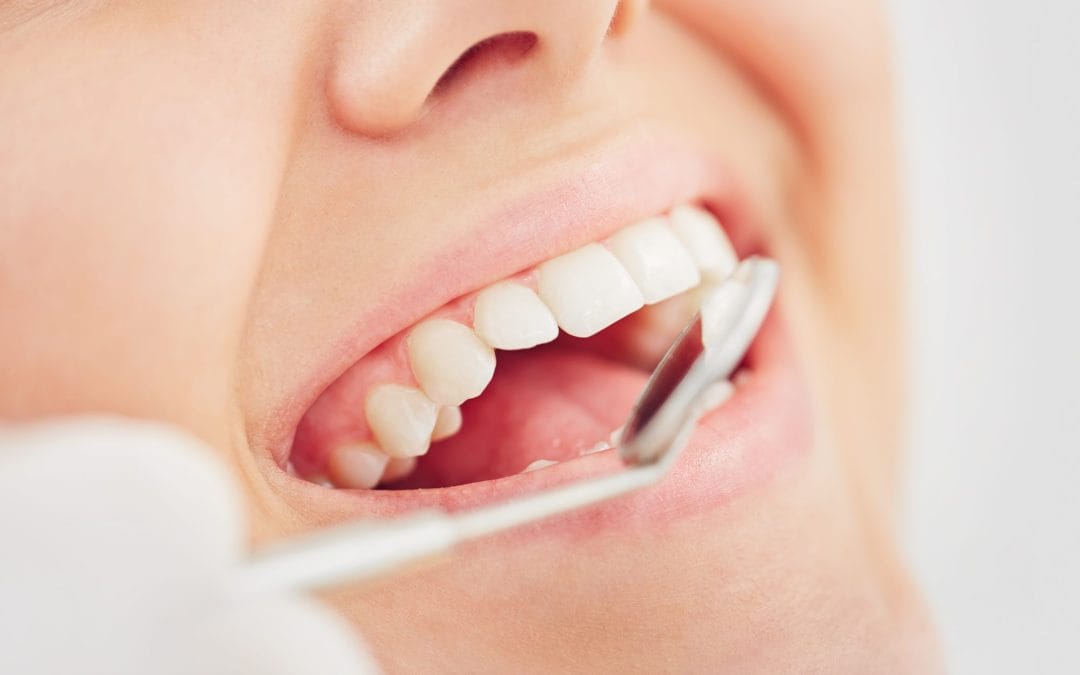In restorative dentistry, inlays and onlays are becoming very popular. Inlays and onlays are a type of “indirect filling.” They are made carefully outside the mouth to fit the shape and size of the cavity.
Unlike regular fillings, which go directly on the tooth, inlays and onlays are created in a dental laboratory. Once made, they are bonded firmly to the tooth structure, ensuring that they fit well and last a long time.
Defining Inlays and Onlays in Modern Dentistry
A dental inlay is a type of filling made to fit inside the grooves on the biting surface of a tooth. Think of it as a puzzle piece that fills in areas that are damaged or have decay. It is bonded in place and helps to restore the tooth’s natural shape and strength.
A dental onlay, also called a partial crown, is used for a larger area. It covers one or more cusps of the tooth. It is like an inlay but provides more coverage to give more support for bigger damage.
Both inlays and onlays are made in a dental laboratory. These indirect fillings are created using molds of the prepared tooth. The materials used are usually strong and can include tooth-colored composite resin, porcelain, or gold.
How Inlays and Onlays Differ from Fillings and Crowns
Dental fillings, usually made from composite resin or amalgam, are used for small cavities. The material sticks directly to the tooth and is shaped in place. While fillings work well for small repairs, they might not last as long or be as strong as inlays or onlays for bigger problems.
Dental crowns, also called caps, cover the whole visible part of the tooth. They are very effective for fixing severely damaged teeth, but they need more of the natural tooth structure to be removed. In contrast, inlays and onlays offer a gentler option.
Inlays and onlays treat decay or damage without removing too much of the tooth. This helps keep the natural tooth structure intact and supports good oral health. Inlays and onlays are a great choice between fillings and crowns.
The Ideal Candidates for Inlays and Onlays
Inlays and onlays are dental treatments designed for specific needs. They are best for people with moderate tooth decay or damage, which means the tooth is damaged more than a simple filling can fix, but not so much that it needs a full dental crown.
People who want a nicer-looking alternative to metal fillings may prefer inlays and onlays. These are made from materials that match the color of natural teeth. They improve the function of the tooth and the appearance of the smile.
Signs You Might Need an Inlay or Onlay
Recognizing when you need an inlay or onlay can help you get dental care on time. This way, you can keep your oral health in good shape. One sign is a damaged tooth, like a crack or fracture, on the biting surface. If you don’t treat even small damage, it can get worse over time and may lead to bigger dental problems.
If you have larger cavities that a simple filling cannot fix, this is another sign you may need an inlay or onlay. Fillings work for small repairs, but when the decay is worse, you need a stronger and more long-lasting option.
If you experience ongoing sensitivity or pain, especially when chewing, it’s important to see your dentist. This discomfort can indicate tooth decay or damage that might require an inlay or onlay treatment.
Comparing Options: When to Choose Inlays and Onlays Over Other Treatments
Navigating the world of restorative dentistry means knowing the different choices and when each treatment works best. A simple filling can be great for small cavities, but inlays or onlays are better options for larger areas of decay or damage.
If a tooth loses a lot of structure or needs root canal therapy, a dental crown may be the right choice. Crowns provide full coverage and protect very weak teeth.
Inlays and onlays are also great when you want to combine strength and looks. They not only restore how your teeth work but also improve their appearance. This makes them popular in cosmetic dentistry, especially for restoring premolars and molars, where chewing pressure is strong.
Advantages of Opting for Inlays and Onlays
Inlays and onlays have many benefits that make them a great choice for fixing damaged teeth. One big advantage is that they help keep the natural tooth structure. This is different from dental crowns, which often need more work on the tooth. Inlays and onlays are less invasive, which helps protect the tooth over time.
Inlays and onlays are also known for their durability. With proper care, they can restore the tooth’s strength and function for many years. They act as a strong shield against decay and damage, helping you have a healthier and more confident smile.
Durability and Strength: Long-Term Benefits for Your Teeth
One great thing about inlays and onlays is their durability. They are made from strong materials like gold, ceramics, or composite resin. These materials can handle the pressure from chewing day after day. This means your restored tooth can work well for a long time.
Metal inlays, especially those made from gold, are well-known for their durability. Ceramic inlays are also strong and have the extra benefit of matching the look of your natural teeth.
Aesthetics: Achieving a Natural Tooth Appearance with Inlays and Onlays
Inlays and onlays are not only strong, but they also look great. They blend well with the color and shape of your natural tooth. This is especially true for porcelain and composite resin inlays and onlays, which can be made to match your surrounding teeth perfectly.
The smooth surface of these restorations is the same color as your teeth, so they are hard to notice. This helps keep your smile looking natural. Unlike metal fillings, which can show dark marks, inlays, and onlays keep your smile beautiful.
Porcelain is great because it reflects light like natural tooth enamel, making it look even more like a healthy tooth.
Learn More about Dental Inlays and Onlays
Dental inlays and onlays are a strong, natural-looking way to improve your smile. They also last a long time, making them a great option. If you have signs that you need dental work, consider using inlays and onlays. They can help prevent further tooth decay. To learn more about how this process works and its benefits, contact Dentistry of West Bend today.


Recent Comments